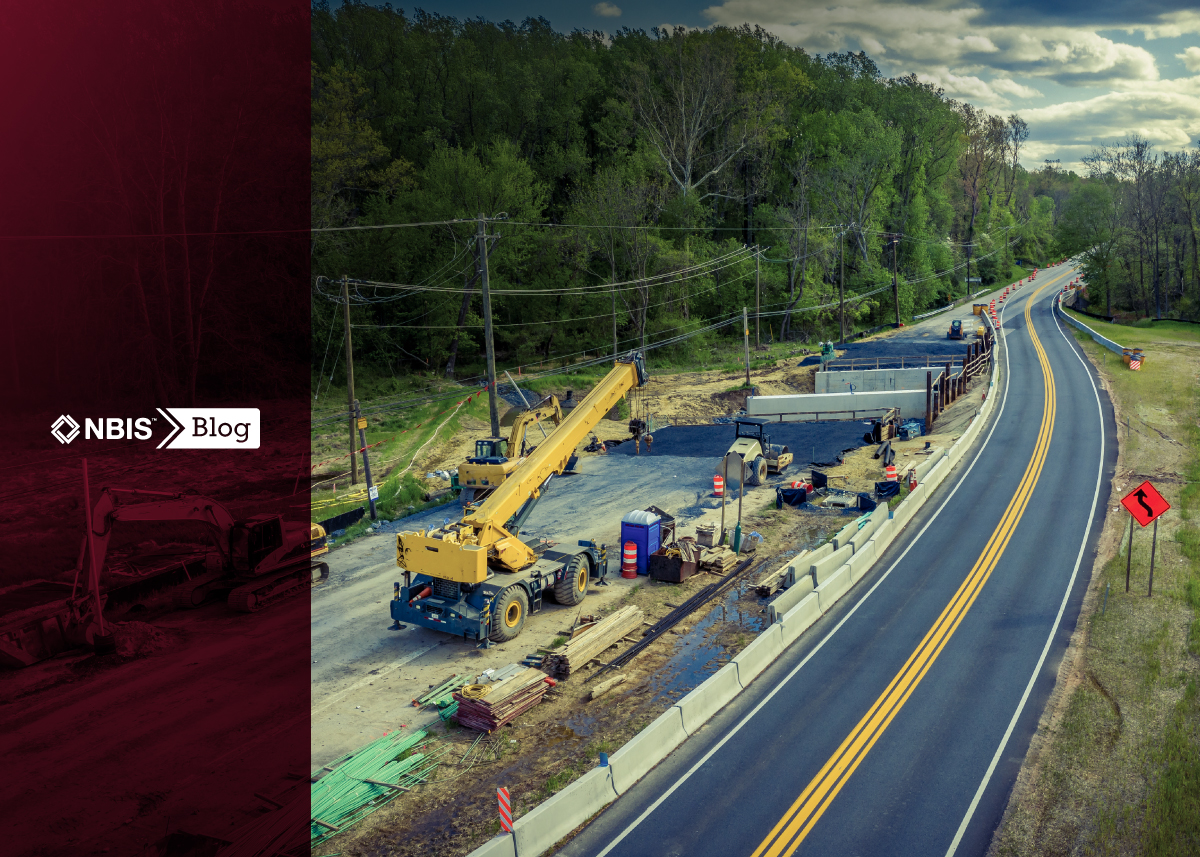Specific through 2026, the U.S. Department of Transportation’s (DOT) new “Research, Development and Technology Strategic Plan” (RD&T) will utilize existing technologies and support emerging technologies to facilitate the adoption of safety programs for the country’s roadways.
Moreover, in an effort to minimize and, potentially, eliminate fatalities throughout the nation’s transportation system, DOT officials are committing further attention to safety strategies associated with human factors, cybersecurity, and data-driven systems for road users.
The RD&T plan ultimately supports DOT’s mission to deliver the world’s leading transportation system, serving the American people and economy through the safe, efficient, sustainable, and equitable movement of people and goods. The plan provides a long-term vision for how research and technology deployment can help transform the nation’s transportation system, while guiding transportation research, development, and technology deployment activities over the next five years.
The plan will also guide the more than $5 billion in research activities funded through the Bipartisan Infrastructure Law (BIL), which created new programs to drive innovation, create jobs, and support the deployment of transformative technologies, including:
- Providing $500 million in funding to the Strengthening Mobility and Revolutionizing Transportation (SMART) Program, to kickstart a new generation of smart city innovation.
- Investing in University Transportation Centers (UTCs) that work on climate, equity, and innovation—including at Historically Black Colleges and Universities (HBCUs) and other Minority Serving Institutions.
- Establishing an Advanced Research Projects Agency for Infrastructure (ARPA-I) to scale up research and development efforts to keep pace with and to drive innovation.
- Authorizing $50 million per year in funding to establish a new Open Research Initiative to accelerate the achievement of the Department’s priorities and goals by funding unsolicited research proposals that yield disruptive technologies with high-impact potential.
Meeting the Moment
“We recognize that the work of research, development, and technology deployment takes collaborative effort across the public, private, academic, and non-profit sectors,” said DOT Deputy Assistant Secretary for Research and Technology and Chief Science Officer Dr. Robert C. Hampshire, in a recent public statement. “In this time of rapid change and experimentation, research must drive the learning necessary for the public sector to keep pace with technological advancement and to adapt to evolving socio-economic needs. By providing a vision for a future transportation system made possible by research, we seek to foster collaborative innovation to create a better transportation future for all.”
DOT Secretary Pete Buttigieg added, “We must harness investment and ingenuity to create good-paying jobs and ensure that innovative technologies are safe and accessible so that no matter who you are or where you live, you will see the benefits of these investments in transportation.”
Buttigieg emphasized that implementing the new plan will empower workers and expand access to training and good jobs with the free and fair choice to join a union.
“It also means we can’t be afraid to do things differently, to experiment and learn from our failures,” he noted, “and to seek out opportunities to collaborate across sectors and to remain nimble so that as technologies evolve, America continues to meet the moment and win the future.”







